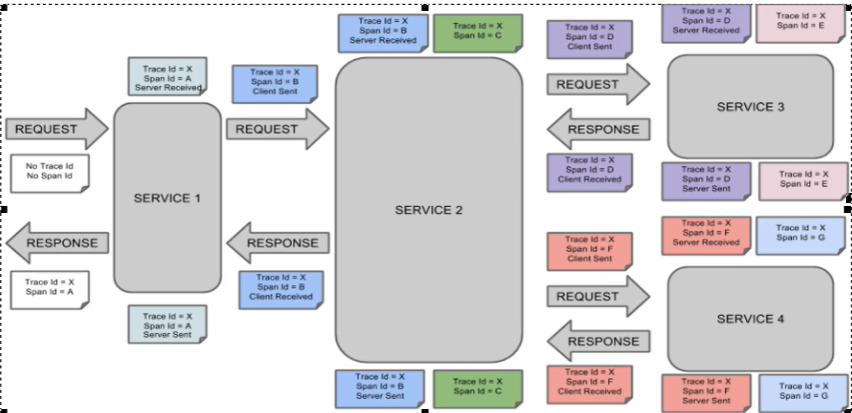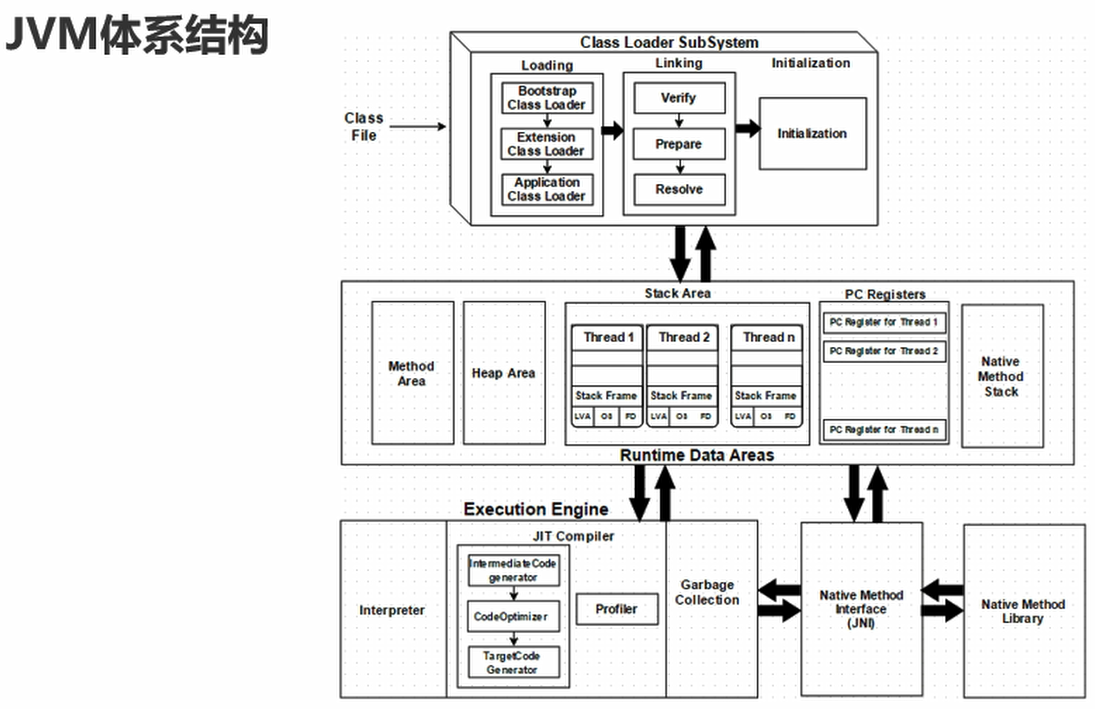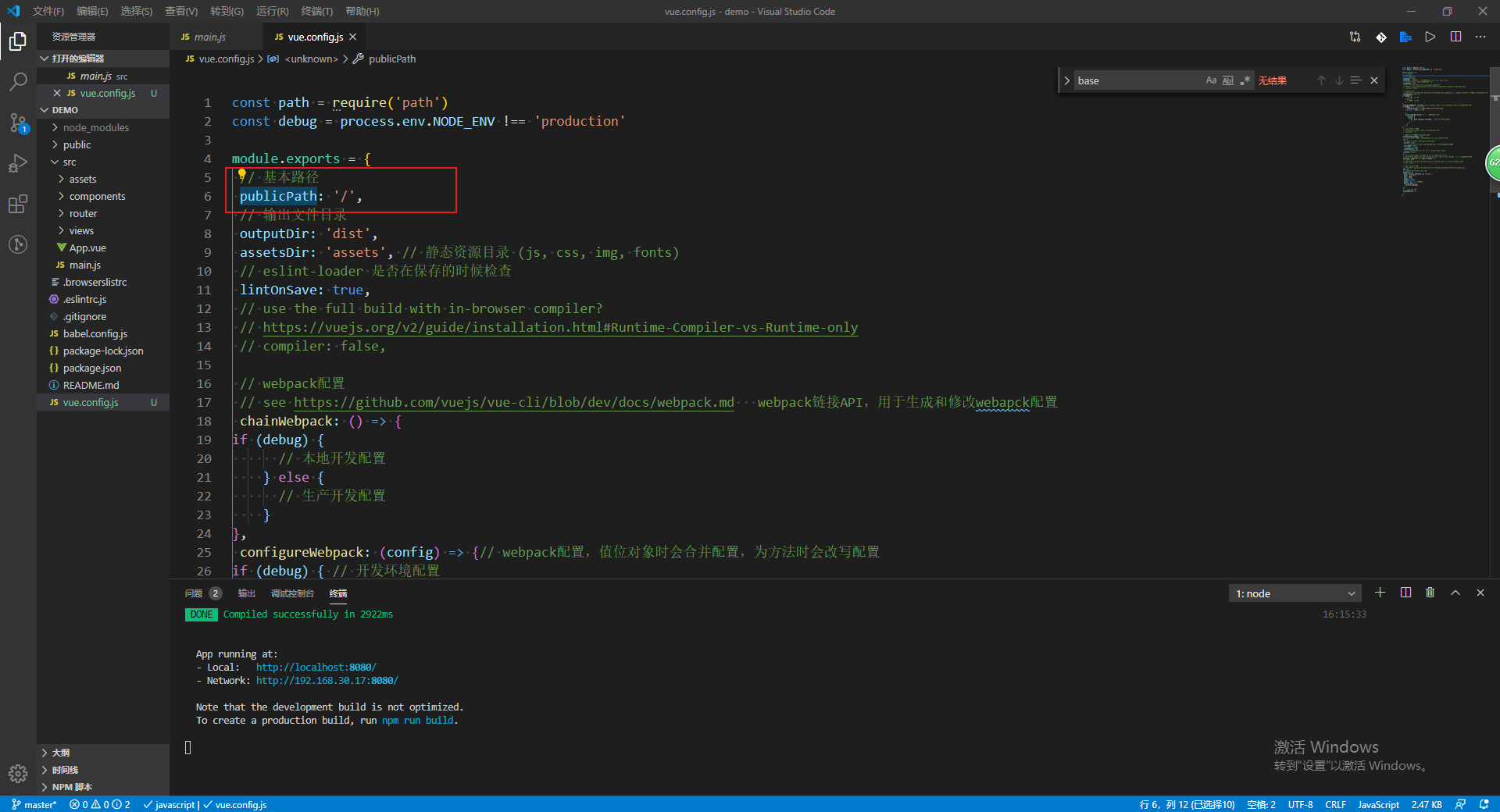Java多线程同步问题分析实例
在Java中,多线程的同步问题主要体现在以下几个方面:
互斥锁(Synchronized Lock):
例子:一个生产任务,只允许一个线程执行。可以使用
synchronized关键字修饰方法或代码块。// 例1: 锁定资源,避免多个线程同时操作class Product {private int counter;public synchronized void startProduction() {if (counter == 0) {counter++;System.out.println("Production started.");} else {System.out.println("Product is already in production.");}}}
条件变量(Condition Variables):
例子:生产任务,当产品准备好时通知等待的线程。
class Product {private boolean ready;public synchronized void startProduction() {ready = false; // 初始化为未准备new Thread(() -> {while (!ready) { // 当产品准备好时通知try {wait();} catch (InterruptedException e) {e.printStackTrace();}}System.out.println("Product is ready for consumption.");System.out.println("Notifying waiting threads...");notifyAll(); // 通知所有等待的线程})).start();}}
volatile变量(Volatile Variables):
例子:一个计数器,多个线程可能同时修改它的值。这时需要使用volatile关键字来保证可见性。
class Counter {private volatile int count;public synchronized void increment() {count++;System.out.println("Count incremented: " + count);notifyAll(); // 通知等待的线程}}
通过这些实例,我们可以深入理解Java中多线程同步问题,并学会解决这些问题的方法。



































还没有评论,来说两句吧...